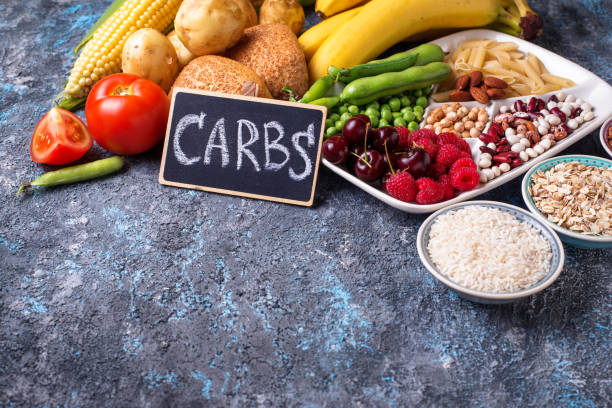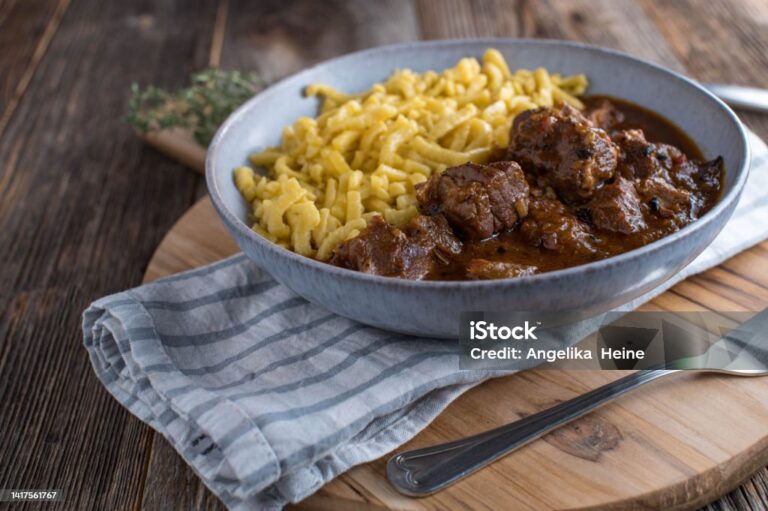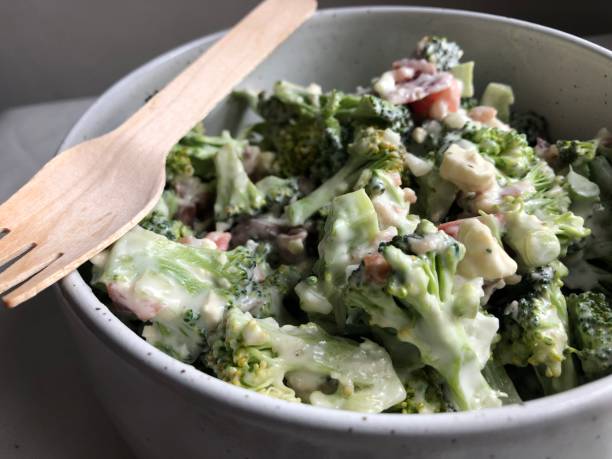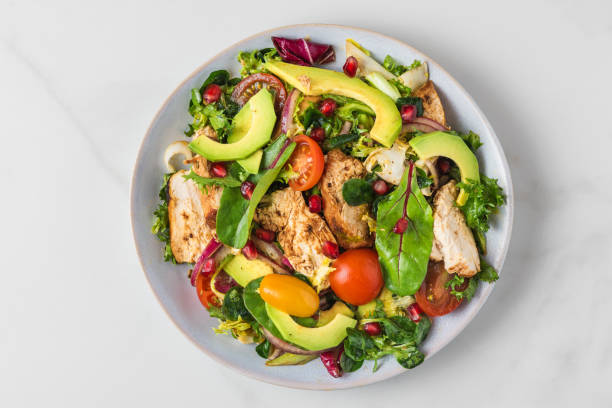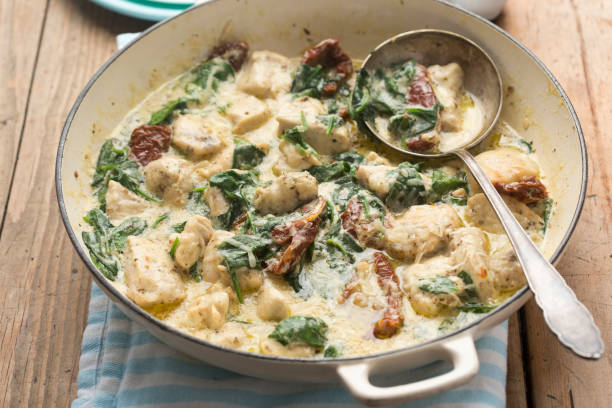Beginner’s Guide to Clean Eating
This post contains affiliate links. This means I will make a commission at no extra cost to you should you click through and make a purchase. Read the full disclosure here.
Clean eating has gained popularity as a holistic approach to nutrition that focuses on consuming whole, unprocessed foods. By making conscious choices about what we eat, we can improve our overall health and well-being. This beginner’s guide aims to provide a comprehensive understanding of clean eating, its benefits, principles, and practical tips for incorporating it into your lifestyle.
Table of Contents
What is Clean Eating?
Clean eating refers to the practice of consuming minimally processed, nutrient-dense foods that promote good health. It involves avoiding artificial additives, preservatives, and highly processed ingredients. Clean eating emphasizes whole foods in their natural state, such as fruits, vegetables, whole grains, lean proteins, and healthy fats.
Benefits of Clean Eating
Clean eating offers numerous benefits for your health. By focusing on whole foods, you provide your body with essential nutrients, vitamins, and minerals necessary for optimal functioning. Additionally, clean eating can boost energy levels, enhance digestion, support weight management, improve mental clarity, and reduce the risk of chronic diseases.
Principles of Clean Eating
To embrace clean eating, it’s important to understand its fundamental principles. Firstly, prioritize whole, unprocessed foods over processed options. Choose organic and locally sourced ingredients whenever possible. Secondly, read food labels carefully to avoid products containing artificial additives, added sugars, and unhealthy fats. Thirdly, practice portion control and mindful eating to maintain balance and prevent overconsumption.
Foods to Include in a Clean Eating Diet
A clean eating diet revolves around nutrient-rich foods. Fill your plate with fresh fruits and vegetables, whole grains like quinoa and brown rice, lean proteins such as chicken, fish, and legumes, and healthy fats like avocados, nuts, and olive oil. Incorporating a variety of colors and flavors into your meals ensures a diverse range of nutrients.
Foods to Avoid in a Clean Eating Diet
While adopting a clean eating lifestyle, it’s essential to limit or avoid certain foods. Highly processed snacks, sugary beverages, refined grains, artificial sweeteners, and trans fats should be minimized or eliminated. Avoiding fast food and reducing the consumption of added sugars and unhealthy fats contributes to a healthier diet.
Meal Planning for Clean Eating
Meal planning is key to maintaining a clean eating routine. Set aside time each week to plan your meals and create a shopping list. Choose whole ingredients and prepare meals in advance to avoid relying on unhealthy convenience foods. Incorporate a balance of macronutrients and experiment with flavors and cooking techniques to keep your meals exciting and satisfying.
Tips for Successful Clean Eating
Start gradually
Gradually introduce clean eating principles into your diet to make the transition more manageable.
Stay hydrated
Drink plenty of water throughout the day to support digestion, detoxification, and overall well-being.
Experiment with recipes
Explore new recipes and cooking methods to keep your meals enjoyable and prevent monotony.
Listen to your body
Pay attention to your body’s hunger and fullness cues, and eat mindfully to avoid overeating.
Seek support
Join online communities or find a clean eating buddy to share tips, challenges, and recipes.
Overcoming Challenges in Clean Eating
Clean eating can present challenges, especially when dining out or during social gatherings. However, with a little planning and flexibility, you can overcome these obstacles. Research restaurants that offer clean eating options, communicate your dietary preferences to friends and family, and bring your own dishes to potlucks to ensure healthier choices.
Clean Eating on a Budget
Contrary to common belief, clean eating can be affordable. Here are some budget-friendly tips for clean eating:
- Buy seasonal produce and frozen fruits and vegetables.
- Shop at local farmers’ markets and bulk food sections.
- Plan meals around sales and discounts.
- Prepare meals in bulk and freeze leftovers for future use.
- Avoid pre-packaged snacks and prepare homemade alternatives.
Clean Eating and Weight Loss
Clean eating can support weight loss by promoting the consumption of nutrient-dense foods and reducing the intake of empty calories. However, it’s important to maintain a calorie deficit by balancing portion sizes and incorporating regular physical activity. Focus on long-term sustainable habits rather than short-term fad diets for effective and lasting weight management.
Clean Eating for Athletes
Athletes can benefit greatly from clean eating practices. By providing essential nutrients and reducing the intake of processed foods, clean eating supports optimal athletic performance, muscle recovery, and overall health. Adequate hydration, balanced macronutrient ratios, and appropriate timing of meals are crucial considerations for athletes following a clean eating approach.
Clean Eating for Families
Clean eating can be adopted as a family lifestyle. Encouraging children to eat whole, nutritious foods from an early age sets the foundation for lifelong healthy eating habits. Involve children in meal planning and preparation, introduce a variety of flavors, and lead by example. Create a supportive and positive food environment to foster a clean eating mindset within the family.
Clean Eating for Busy Individuals
Maintaining a clean eating routine while juggling a busy schedule is possible with some practical strategies:
- Plan meals and snacks in advance to avoid relying on unhealthy convenience foods.
- Prep ingredients and batch-cook meals on weekends.
- Utilize slow cookers, instant pots, and other time-saving kitchen appliances.
- Keep healthy snacks like nuts, fruits, and granola bars readily available.
- Opt for simple yet nutritious recipes that require minimal cooking time.
Maintaining a Clean Eating Lifestyle
To make clean eating a lasting part of your lifestyle, focus on consistency rather than perfection. Be flexible, allow occasional indulgences, and don’t stress over minor slip-ups. Gradually incorporate new habits and monitor how your body responds to different foods. With time, clean eating will become intuitive, and you’ll reap the rewards of improved health and well-being.
Conclusion
Clean eating is a holistic approach to nutrition that emphasizes the consumption of whole, unprocessed foods while avoiding artificial additives and highly processed ingredients. By following the principles outlined in this beginner’s guide, you can embark on a journey towards improved health, increased energy levels, and overall well-being. Remember, clean eating is a long-term commitment that can be adapted to various lifestyles and goals, whether you’re aiming for weight loss, better athletic performance, or promoting healthy eating habits within your family.
FAQs
Is clean eating the same as a diet?
Clean eating is not a strict diet but rather a lifestyle choice focused on consuming whole, unprocessed foods. It prioritizes nourishing your body with nutrient-dense options while minimizing the intake of processed and artificial ingredients.
Can I eat carbohydrates on a clean eating diet?
Yes, you can consume carbohydrates as part of a clean eating diet. However, it’s important to choose complex carbohydrates like whole grains, quinoa, and sweet potatoes over refined and processed options. Complex carbohydrates provide more fiber and nutrients, promoting sustained energy levels and better overall health.
Is clean eating suitable for vegetarians or vegans?
Absolutely! Clean eating can be easily adapted to vegetarian or vegan lifestyles. Plant-based protein sources such as legumes, tofu, tempeh, and quinoa are excellent options. Additionally, incorporating a variety of fruits, vegetables, whole grains, and plant-based fats ensures a well-rounded and nutrient-rich diet.
Can I still enjoy desserts while following a clean eating approach?
Yes, you can still indulge in desserts while practicing clean eating. There are numerous healthier dessert alternatives available that use natural sweeteners like dates, maple syrup, or stevia, and incorporate nutritious ingredients such as fruits, nuts, and dark chocolate. It’s all about finding creative ways to satisfy your sweet tooth while still prioritizing whole, unprocessed ingredients.
How long does it take to see results from clean eating?
The timeline for seeing results from clean eating can vary from person to person. Some individuals may notice improvements in energy levels, digestion, and overall well-being within a few weeks, while others may take longer. It’s important to remember that clean eating is a long-term commitment, and consistent practice is key to experiencing lasting benefits.
Can I eat out while following a clean eating diet?
Yes, you can eat out while following a clean eating diet. When dining out, choose restaurants that offer healthier options and prioritize whole ingredients. Look for menu items that incorporate lean proteins, vegetables, and whole grains. Don’t hesitate to ask for modifications to suit your dietary preferences, such as substituting fries for a side salad or requesting sauces and dressings on the side.

